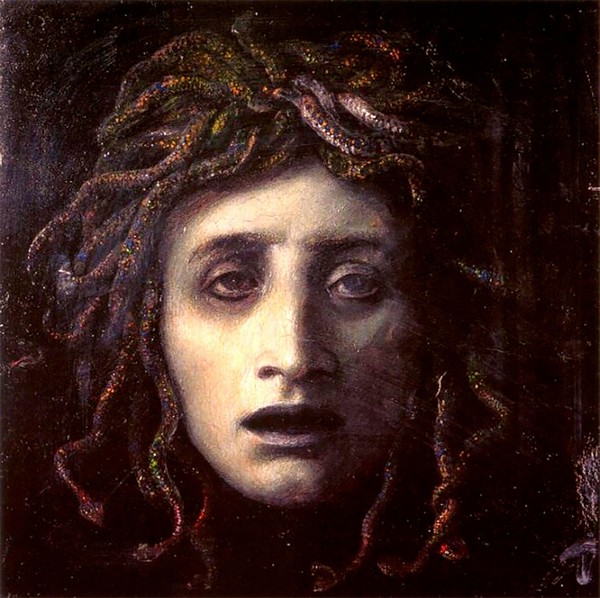
In 1843 Franz Liszt published a collection of six songs including two with poems by Heinrich Heine: Die Loreley and Im Rhein, im schönen Strome. The next year, he published three more Lieder from Heine's verses: Du bist wie eine Blume, Vergiftet sind meine Lieder and Morgen steh' ich auf. Finally, in 1860 he published a compilation of his Lieder, and the third notebook, dedicated to the poet, added two more songs to the list: Anfangs wollt ich fast verzagen and Ein Fichtenbaum steht einsam. These are Heine's only seven poems that Liszt set into music, all of them from the Buch der Lieder. All indications are that this post has to do with our new list, "The Buch der Lieder and ten composers". And yes, we're listening to a great song, Vergiftet sind meine Lieder.
We find the poem Vergiftet sind meine Lieder towards the end of the Lyrisches Intermezzo, the book of Dichterliebe. It's the poem No. 51 in the collection, close to three of those chosen by Schumann, No. 54 to 56 (Mein Wagen rollet langsam, Ich habe in Traum geweinet and Allnächtlich im Traume seh ich dich). The poem is short, it has only two stanzas, and with these eight verses Liszt composed one of the most enraged, furious and bitter songs of the entire repertoire. And where do those negative feelings come from? From the first word of the poem: "Poisoned." It begins with the words "Poisoned are my songs", and this adjective that breaks the natural order of the sentence marks the character of the poem and the song.
I spoke previously of Heine's "seven unique poems that Liszt set into music", I ignored the number of songs because he wrote about twenty with these poems. In the 1850s, the composer began reviewing his songs, and the new versions he published are often so different from the first one that we don't need the scores to find the differences; they are clearly different songs to our ears. Musicologists are still very busy with Liszt's songs, and Vergiftet sind meine Lieder is one of those not fully classified yet. The version published in 1860, which revised that published in 1844 (probably composed two years earlier), is THE version, the one we hear in recitals and recordings, but there is still another version, published in 1870, which has two different revisions.
To simplify, we will consider for the moment that the changes between the 1860 and 1870 versions are minor. The vocal line begins in forte and with the indication "heftig deklamiert", violently declaimed; since the first word, vergiftet, is separated from the rest of the sentence by a silence, it could make startle a daydreaming listener. The second musical phrase, indicated in piano, corresponds to the second verse and has a very different character (the performers will tell us whether it's self-compassion, an excuse or a meditation). Then come the next two verses, which are addressed to the loved one to tell her that she soured his life (and the singer has a fermata over Leben, life, just in case he wants to insist on that point).
The piano, with chords in forte and character appassionato, introduces the next stanza. The first two verses make us think of a strophic song, until the singer repeats "anders sein". Then the well-known piano of Liszt appears (it was unusually restrained until this point) and anticipates the rage of the poetic voice; when we hear the singer again, he will sing forte, to talk about the snakes in his heart (among which, the beloved, also enhanced with a fermata over Geliebte), before the piano gradually decreases its agitation until a morendo.
Now that we roughly went through the song, I'll tell you about a significant difference between scores. The second version, that of 1860, was not one but two: for tenor and for baritone. The baritone version had a short prelude, but the tenor version didn't have it. I didn't find any explanation about this difference, so let me venture a reason: the heftig deklamiert of a baritone, by the very nature of his voice, will usually sound more restrained than that of a tenor, and the prelude, some chords that anticipate his musical phrase, can strengthen the effect. However, tell a tenor to sing violently in forte and he will easily tend to a heldentenor. And I would say that the voice bursting into before the piano warns us is impressive. And since the song is great, and it gives the performers so much freedom to convey different feelings, and it's so short, I suggest that we listen to two performances; the 1860 version without prelude, with tenor Nicolai Gedda accompanied by Lars Roos, and the 1870 version (with prelude; I don't know if it exists without it), with baritone Konrad Jarnot and pianist Alexander Schmalcz.
I didn't tell you anything about the first version, that of 1844, which is not currently published. But I found a recording, and I couldn't help to share such a rarity. It's our third Vergifted sind meine Lieder, performed by Benjamin Brecher and Robert Koenig. We recognize the melody, sure, but the character is absolutely different, sadder. According to the words Liszt repeats, I would say that the most important are not the first, but the last.
I hope you enjoy Vergiftet sind meine Lieder, and if you feel like, keep on listening to different recordings: tenors with prelude, baritones without prelude, and sopranos and mezzo-sopranos joining the party.
Vergiftet sind meine Lieder; -
Wie könnt es anders sein?
Du hast mir ja Gift gegossen
Ins blühende Leben hinein.
Vergiftet sind meine Lieder; -
Wie könnt es anders sein?
Ich trag' im Herzen viel Schlangen,
Und dich, Geliebte mein.
how could it be otherwise?
You have poured poison
into my blossoming life.
Poisoned are my songs -
how could it be otherwise?
I bear in my heart many snakes,
and you, my beloved!


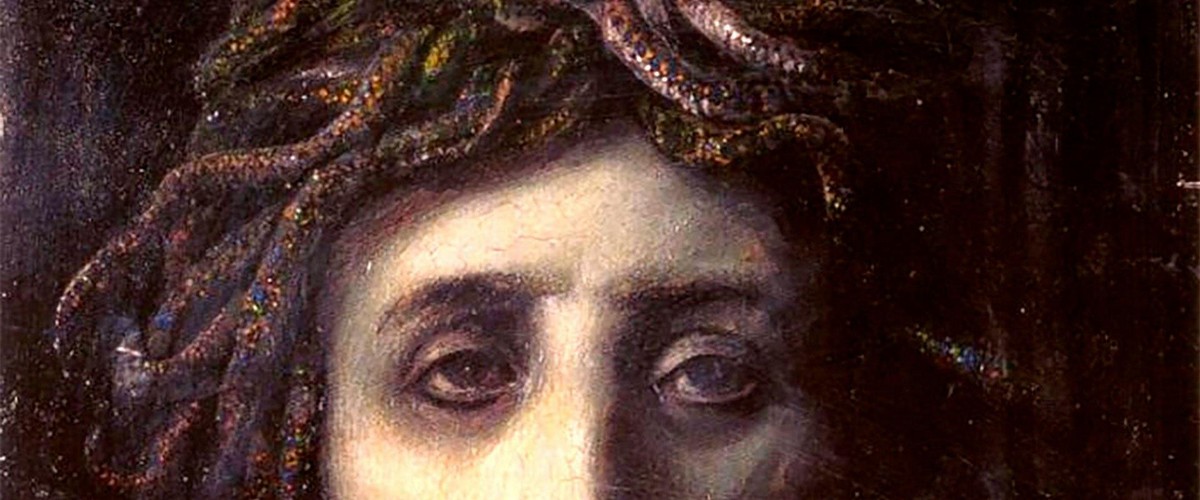
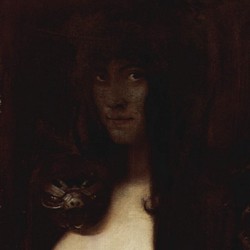
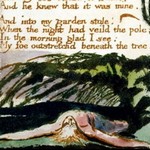 A man is...
A man is...
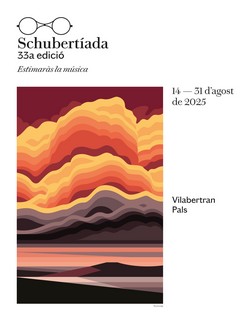











Comments powered by CComment